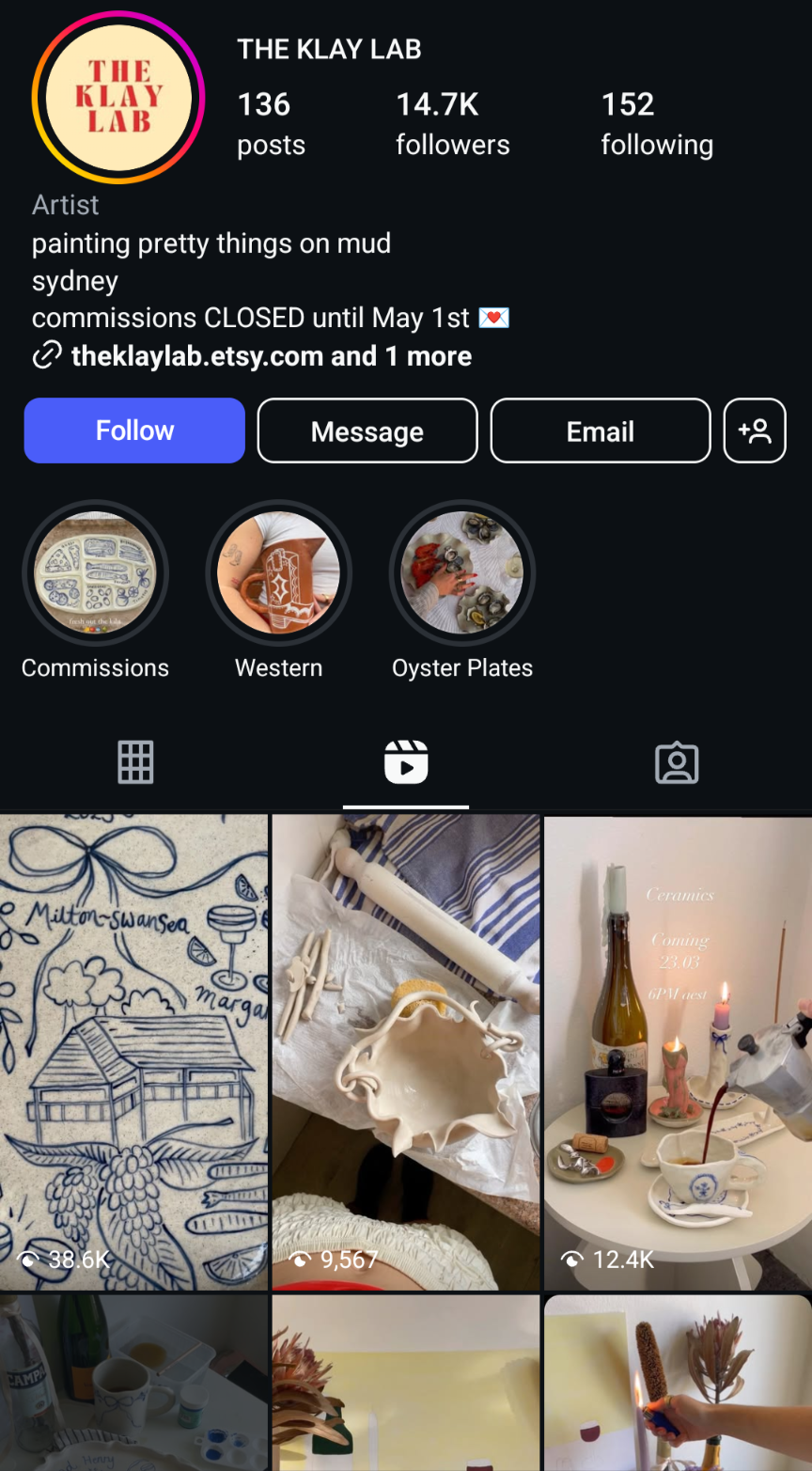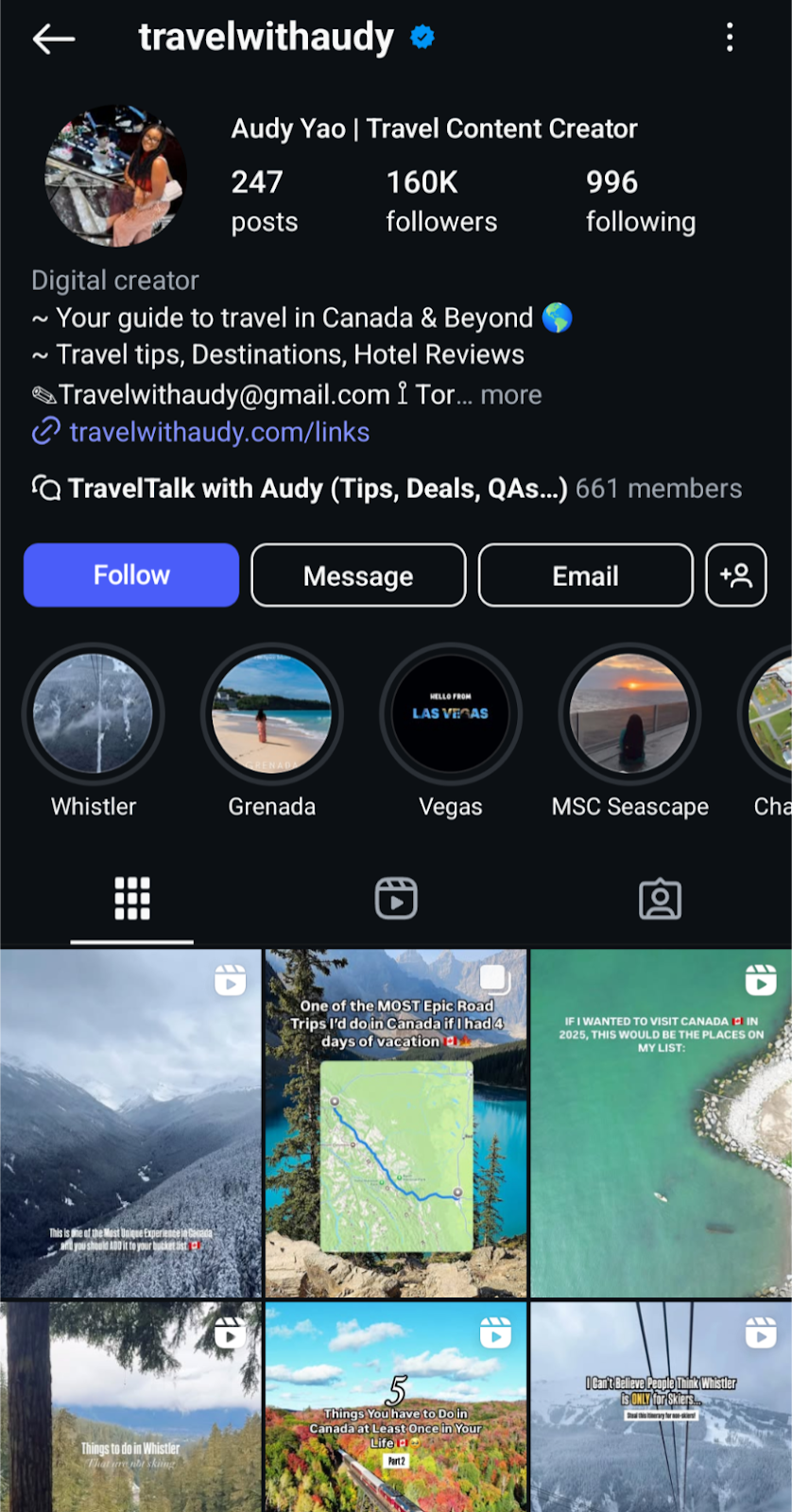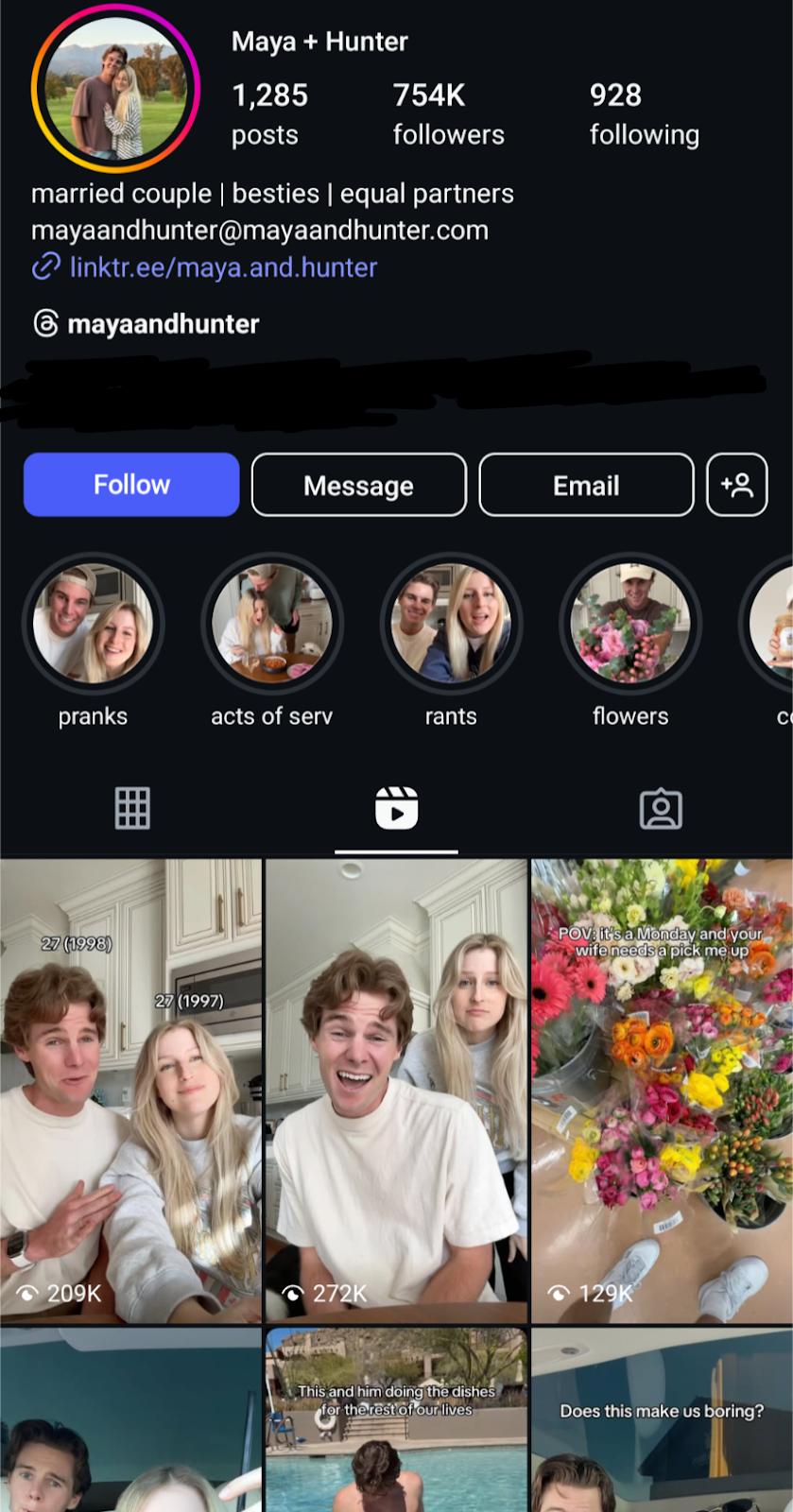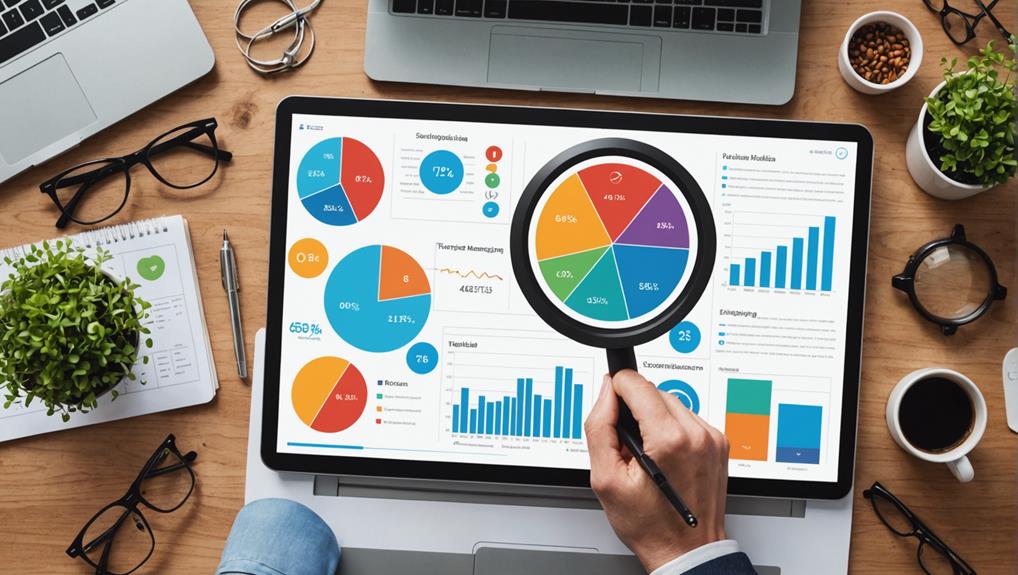Selling to Gen Z or Millenials? You need a presence on Instagram.
Here’s why: 50% of Instagram users (a whopping 1 billion people) interact with brands on the platform. It’s natural to shop there. And just over 60% of its user base is between 18 and 34.
One of the best ways to reach those customers is through influencer marketing
But you can’t just pick any influencer who loosely fits the generation you’re trying to reach. That’s a recipe for disaster, and that’s why many brands give up on influencer marketing.
You must pick the right Instagram influencer for your brand and products.
That doesn’t necessarily mean you’ll be collaborating with the biggest names or flashiest profiles. Sometimes, smaller is better.
In this article, we’ll explore how to find influencers who are a good fit for your brand and campaigns. Let’s start with the first step:
- Define Your Goals and Audience
You can’t find the right Instagram influencer if you don’t know what you want.
So, consider your campaign goals and target audience before you look for influencers.
Goals for Instagram Influencer Campaigns
When deciding on goals, ask yourself: How will you know if the campaign is successful?
Most brands choose one of the following goals:
- Brand awareness.
- Sales.
- Reach.
- Engagement.
- UGC–or user-generated content.
Use the SMART framework to make your goals measurable and specific. This will help you evaluate the campaign after it’s over.
Choosing a Target Audience
Once you’ve decided on the campaign’s overall goal, it’s time to define it further: Who is your target audience? Who are you trying to reach with this campaign?
Here are some things to consider:
- Age
- Life stage
- Location
- Gender
- Social media platforms of choice–is Instagram on this list?
- Values
- Interests
Once you know who you’re trying to reach, you can use this information to find influencers whose audience matches your preferred demographics.
- Choose the Right Influencer Type
Two factors affect the type of influencer you choose: your goals, which we already discussed, and your budget.
The smaller the influencer’s audience, the less expensive they are to work with.
But even if you have the money to hire big names, businesses most effectively break into new markets with nano- and micro-influencers.
Established brands often gravitate to macro- and mega-influencers because they drive reach and brand awareness.
Let’s dive into the pros and cons of working with each influencer type.
Nano-influencers
Audience size: 1,000-10,000 followers.
Nano-influencers have the highest engagement rates because their audiences are highly niched. They’re also relatively inexpensive to work with. However, your reach will be small.

Example nano-influencer profile
Working with nano-influencers is good for:
- Extremely niched products.
- Reaching a particular audience.
- Engagement campaigns.
- Sales-focused campaigns. You will generally make more sales per follower with nano-influencers.
- Brands who are just getting started with influencer marketing or don’t have a lot of money to spend.
Working with nano-influencers is NOT good for:
- Reach campaigns.
- Influencers who are not in your niche. (Although this applies to all influencer types)
- Broad brand awareness campaigns.
- UGC. Many nano-influencers are still honing their content creation skills and aren’t great at creating UGC. However, there are exceptions. Check their portfolio to see for yourself.
Micro-influencers
Audience size: 10,000-50,000 followers
Micro-influencers can bring you lots of new business because they have high engagement rates and decent reach. They’re easy to contact, aren’t overpriced, and know how to make high-quality content.

Example micro-influencer profile
Working with micro-influencers is good for:
- Engagement campaigns.
- Sales-focused campaigns.
- Consistent, high-quality UGC content.
- Influencer marketing that doesn’t break the bank.
Working with micro-influencers is NOT good for:
- Large-scale reach campaigns.
- Brand awareness campaigns.
Macro-influencers
Audience size: 50,000-500,000 followers
By the time influencers reach this stage, their audiences aren’t very niche–so engagement plummets. However, they’re still great at getting the word out about products.

Example macro-influencer profile
Working with macro-influencers is good for:
- Reach campaigns.
- Brand awareness campaigns.
- Competing with prominent brands in your niche.
Working with macro-influencers is NOT good for:
- Engagement campaigns
- Sales-focused campaigns.
- UGC content. They cost much more than smaller influencers for the same quality. Only hire them for campaigns where you need their recognizable faces.
- Brands with small influencer marketing budgets.
Mega-influencers
Audience size: 500,000+ followers
With mega-influencers, you are getting close to or crossing over into celebrity. The opportunity for your brand to go viral is real–but so are the costs.

Example mega-influencer profile
Working with mega-influencers is good for:
- Brand awareness campaigns.
- Reach campaigns.
- Making your brand potentially go viral.
Working with mega-influencers is NOT good for:
- Engagement-focused campaigns. People tend to passively consume mega-influencer content.
- Sales. You’ll get a few, but the costs are high enough that your ROI will not generally be great.
- UGC. Don’t hire a mega-influencer just for content. They have so much more to offer.
- You aren’t prepared to pay a premium.
As you can see, each type of influencer has pros and cons. Consider how each type fits with your campaign goals and budget, and reevaluate your goals if necessary.
- Research and Shortlist Influencers
Now, it’s time to start looking for influencers. Keep all the work you’ve already done in mind as you research.
There are three main ways to find influencers:
- Use hashtags and geolocations to find influencers on social media manually. This process takes a lot of time and can be frustrating, but it’s free. Plus, it gives you a great idea of the type of content that’s out there in your niche.
- Do competitor analysis. What influencers are your competitors working with? Who else is in the niche that you could reach out to?
- Buy access to influencer platforms. While this option costs money, it’s often inexpensive and lets you quickly find influencers by niche.
Once you’ve gathered a list of possible influencers, shortlist a few to vet further. Check their accounts or portfolios, looking for:
- Audience fit. Remember that target audience you outlined in Step 1? Make sure those people follow the influencer before you collaborate with them.
- Consistent posting without over-posting. This shows they’re dedicated to building a following and staying in the algorithm’s good graces.
- Content quality and overall vibe. Do you like their photos or videos? If you don’t, they’re probably not a good fit.
- Strong community interaction shows that they know how to cultivate engagement.
- Authentic content. Avoid accounts that seem inauthentic, as this doesn’t resonate with audiences. Check their regular posts and promotional content.
- Vet for Authenticity and Engagement
Unfortunately, many social media influencers buy fake followers or participate in engagement pods. These practices artificially inflate their numbers to make it seem like they have a larger or more dedicated following than they do.
Use online follower checkers or vet the influencers on your list to avoid dealing with fishy accounts. Here’s what to look at:
- Engagement rate. Checking for a healthy engagement rate–2% or better on Instagram–will help guard against fake followers. Further, check for evidence of engagement pods to ensure they are not artificially inflated.
- Audience demographics. Again, double-check that this influencer’s audience matches the audience you’re trying to reach.
- Past brand collaborations. How have other sponsored posts performed on their account? This can give you an idea of what to expect.
Conclusion
Finding the right Instagram influencer is all about fit and authenticity:
- They’ll have the right audience.
- They’ll be the right fit for your budget and campaign goals.
- And they’ll have authentic content and engagement.
This may be hard to find, but it’s worth the extra effort. Finding the right influencer is usually the difference between a successful, profitable campaign and a disappointing one.Your next move: follow these steps to find the right Instagram influencers for your next campaign.




